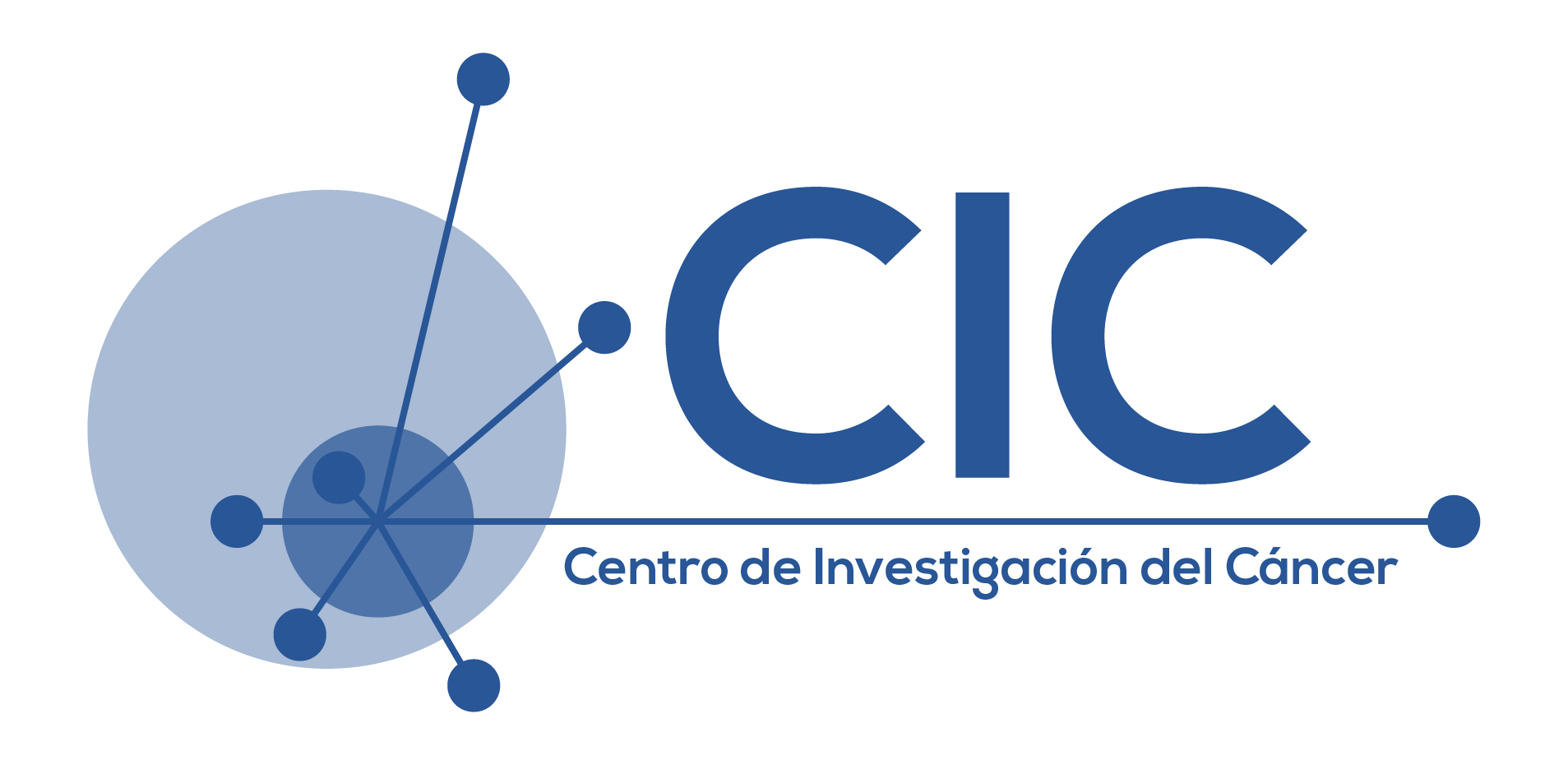Interrogating the Functional Landscape of Histone Post-Translational Modifications

Cristina Viéitez Manrique
Instituto de Biología Funcional y Genómica (IBFG), Salamanca.
Histone post-translational modifications (PTMs) play a crucial role in regulating chromatin functions such as DNA transcription, repair and recombination in response to stimuli. These modifications are written, read and erased by a diverse set of enzymes, chromatin remodelling complexes and other chromatin regulators. Despite significant advances in mass spectrometry methods, which have led to the identification of hundreds of histone PTMs, the function of the majority of them remains unknown. Functional studies of histone PTMs have been focused on a small subset of PTMs, in most cases on PTMs for which specific antibodies are available.
However, comprehensive studies are lagging behind due to the lack of systematic methods to interrogate their function. I have developed a high-throughput approach to studying the function of phosphorylation sites at scale using S. cerevisiae. I believe that this approach is a valuable tool to study the function of histone PTMs, PTM crosstalk events and their regulators at scale. To test this, I performed a proof-of-concept experiment where I interrogated the fitness of ~350 point mutants in histones H3 and H4 and ~1200 gene deletion strains under 34 stress conditions. This data shows not only functional associations for very well-characterised histone PTM crosstalks and their regulators but also novel functional associations for uncharacterized ones. Now, we are expanding this approach and comprehensively
interrogating the function of histone PTMs and their regulators in S. cerevisiae.
However, comprehensive studies are lagging behind due to the lack of systematic methods to interrogate their function. I have developed a high-throughput approach to studying the function of phosphorylation sites at scale using S. cerevisiae. I believe that this approach is a valuable tool to study the function of histone PTMs, PTM crosstalk events and their regulators at scale. To test this, I performed a proof-of-concept experiment where I interrogated the fitness of ~350 point mutants in histones H3 and H4 and ~1200 gene deletion strains under 34 stress conditions. This data shows not only functional associations for very well-characterised histone PTM crosstalks and their regulators but also novel functional associations for uncharacterized ones. Now, we are expanding this approach and comprehensively
interrogating the function of histone PTMs and their regulators in S. cerevisiae.

